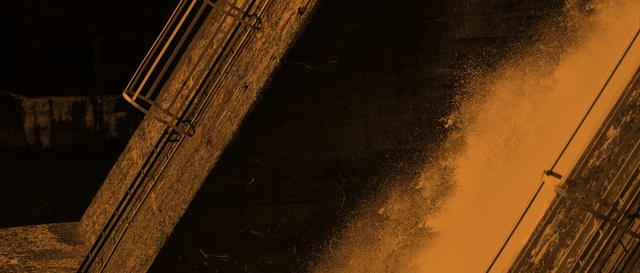The Transmission Problem
Clean energy policy has so far been focused on renewable electricity generation. As electricity demand grows however, and more renewables are added to the grid, the inability to build new transmission will arrest the progress of the energy transition. Written by Macleod Morehouse.
Post tags:

In Washington State, most people care about the environment and preventing the worst effects of climate change. Over 80% of Washington voters believe climate change is occurring, with 69% of them supporting action to reduce greenhouse gas emissions (Washington Business Alliance). This sentiment has resulted in the passing of groundbreaking legislation such as the Clean Energy Transformation Act (CETA), committing Washington State to a 100% greenhouse gas-free electric grid by 2045 (UTC). There is real support for climate mitigation and a willingness to accept sacrifices to make the energy transition happen. Unfortunately, the constraints of the electric grid and unexpected circumstances may make this more difficult than anticipated.
Largely because of data centers and AI, increased electricity demand has struck the region suddenly. The Pacific Northwest Utility Conference Commission (PNUCC) 2024 report projected a 4% annual growth in electricity demand over the next five years, implying a 48% increase in transmission by 2034 (PNUCC). This demand spike is unprecedented in recent memory, far higher than the 1.2% annual growth the PNUCC forecasted in 2022. BPA, the largest transmission provider in the northwest, has had a series of meetings this summer discussing the lack of transmission availability to support new demand. They have even proposed a two-tiered approach that discriminates between “inherent” demand growth and large industrial additions such as data centers because BPA can’t build transmission fast enough to keep up with demand.
Not only does increased demand require additional transmission, but the switch to variable renewables will require more transmission to create spatial diversity, allowing for wind and solar generation in one area to make up for lower generation in other areas due to weather conditions (NREL). Studies taking this factor into account have found that transmission would need to expand between 42% and 200% (NREL)(DOE).
Construction of new transmission lines takes an average of over ten years, with only three of those being actual construction (IEA). If the renewable transition is going to happen, any new transmission needed by 2035 would have to be in planning today.
Currently, transmission is planned and built as needed. BPA and other transmission owners typically use a cluster study process to plan new transmission lines. This process considers all the different generation assets and loads trying to interconnect at a given time and determines what transmission upgrades are necessary. While this has worked well historically, it isn’t designed to effectively handle the massive transmission buildout needed over the next twenty years.
Some believe new technologies will eliminate the need for transmission expansion while allowing for an increased renewable buildout. By generating energy closer to the source, and implementing energy storage technologies, transmission could be less critical for renewable deployment and grid resiliency. These technologies, namely battery storage, hydrogen storage, and distributed energy resources (DERs) are promising. Unfortunately, they have high costs and are not an effective replacement for transmission at scale.

Delivering one MWh of electricity at the peak use time of 7pm using rooftop solar stored in a four-hour battery could cost $400 (LAZARD)(Journal of Energy Policy). Providing the same amount of energy using utility-scale wind with transmission would cost closer to $50. Attempting to use any distributed technologies in place of transmission expansion in combination with utility-scale renewables will increase costs significantly. These energy cost increases will be felt the most by those who can afford them the least.
Three competing goals in the energy transition are cost, reliability, and transition speed. If no major changes happen to allow transmission to be built at a much faster rate, cost and/or reliability will degrade. If this happens, the popularity of green policies, and the political viability of the energy transition, may decrease.
There have been developments that improve the ability to plan for and construct transmission. Most notably, FERC Order 1920 aims to move organizations away from short-term thinking by mandating a 20-year planning horizon. The order also helps prevent individual states from blocking transmission projects (White & Case). This order helps, but it won’t solve the problems of local and environmental opposition holding these projects up for years. Without major policy changes, the 48% transmission growth needed over the next ten years, or up to 200% increase required by 2045 to reach the Washington State CETA commitment, won’t come on time.
Most people in Washington State want a rapid transition, however, massive cost increases and decreases in reliability are not the best path forward. If Washington wants to continue what CETA started, the focus should be on making transmission easier to develop. Projects taking over seven years just to plan and permit is simply not sustainable.
At all levels of government, transmission needs to be seen as a green technology that must be built as fast as possible. The lengthy permitting and review processes should be simplified, allowing for shorter build timelines. Finally, individuals and environmental groups should support transmission projects whether they are happening in their own local area or in the broader region. Without these projects, the energy transition is not going to happen.

Have an interesting project? We love a good challenge.
Our project teams are integrated across practices to make sure we have the right skills, knowledge, and understanding applied to the problem.